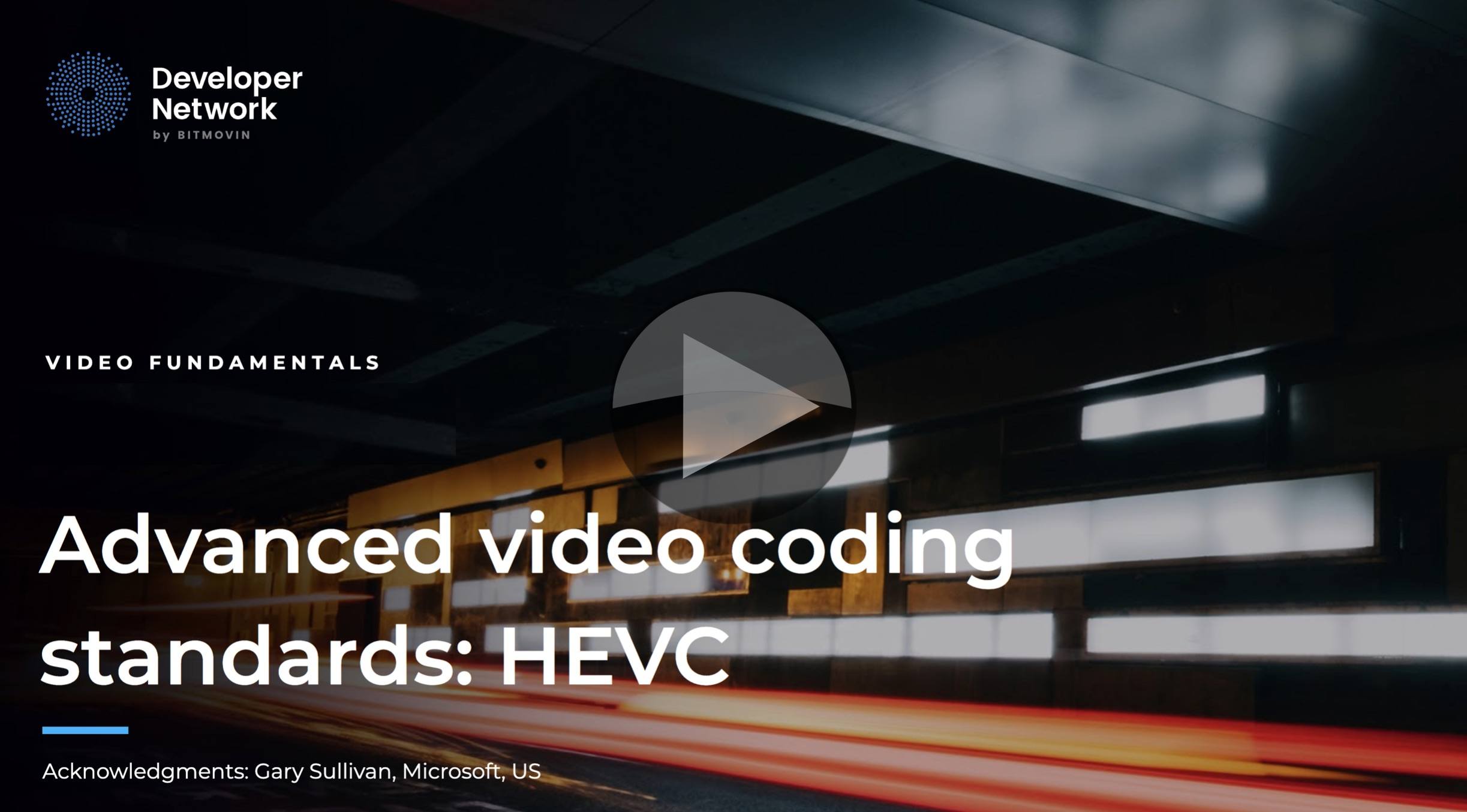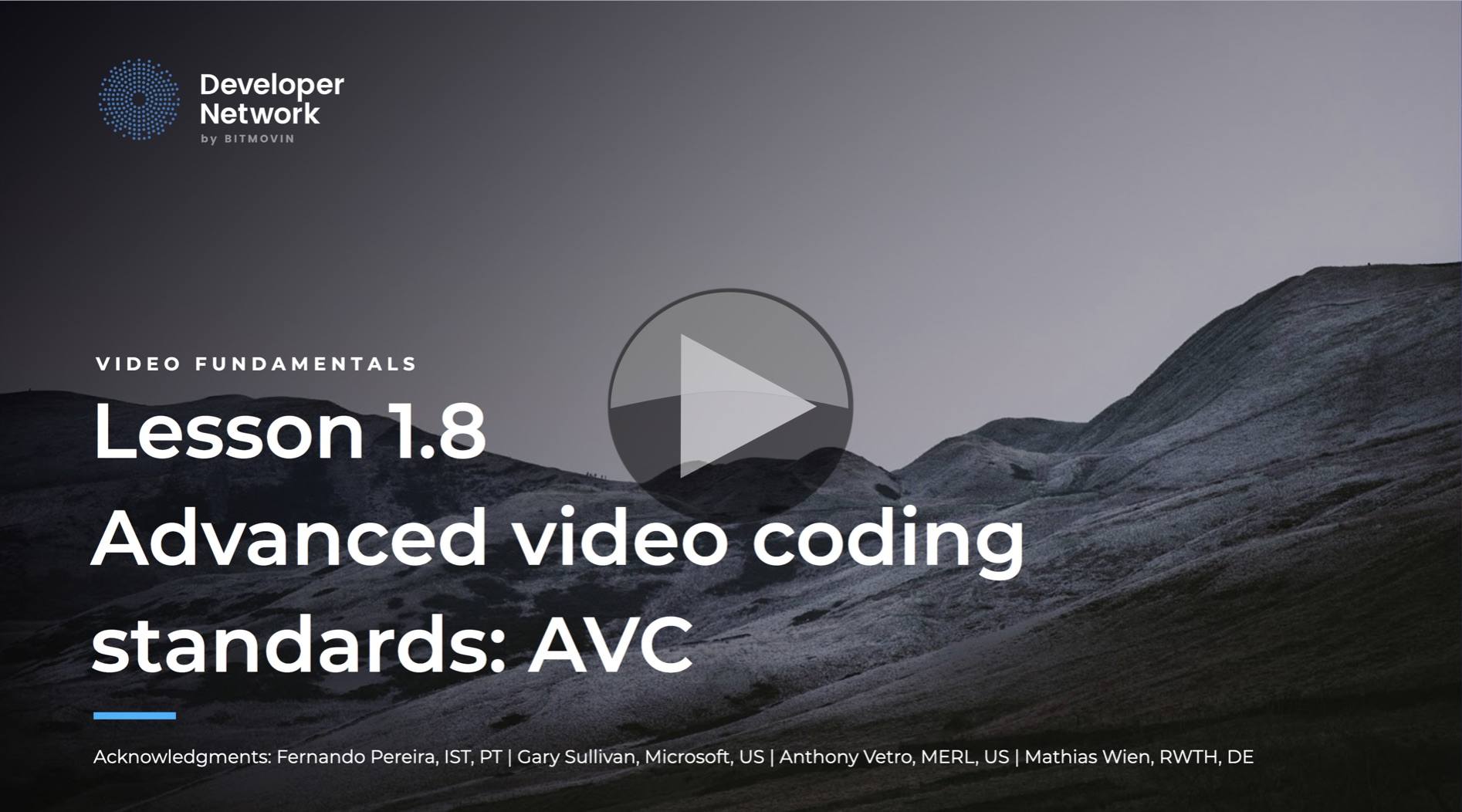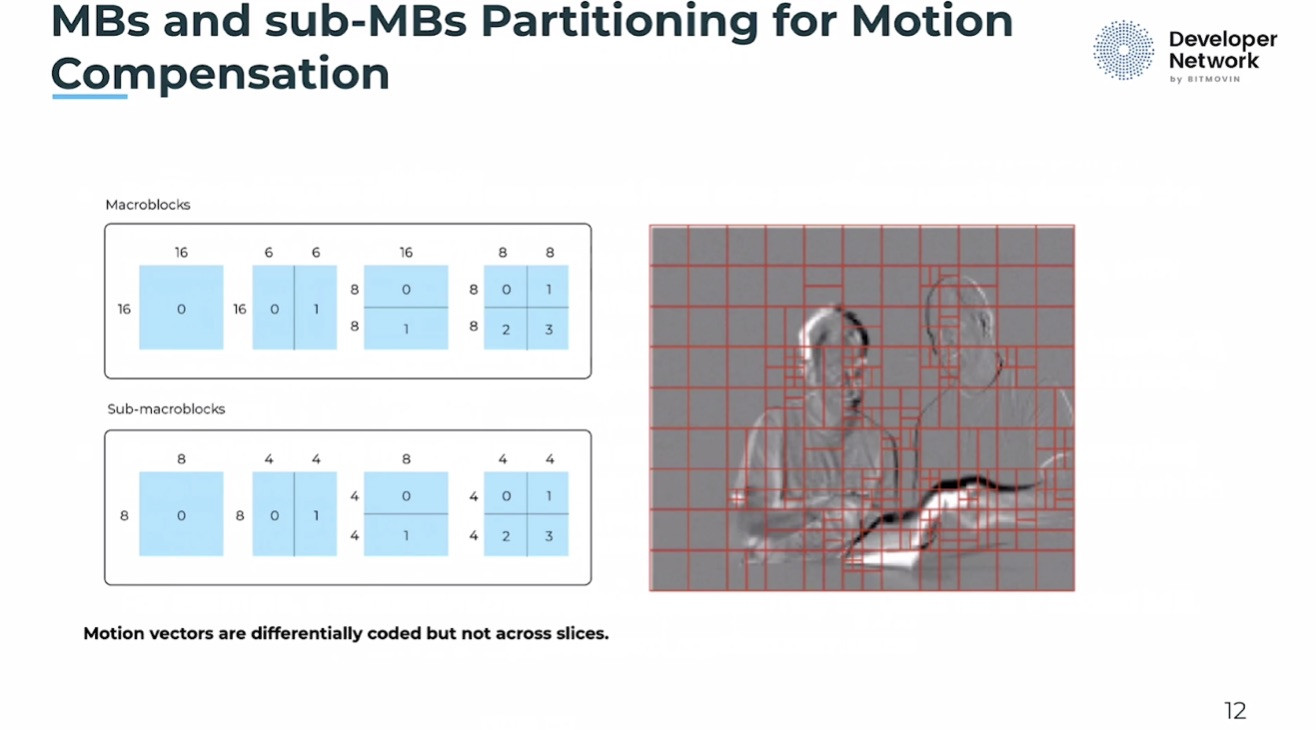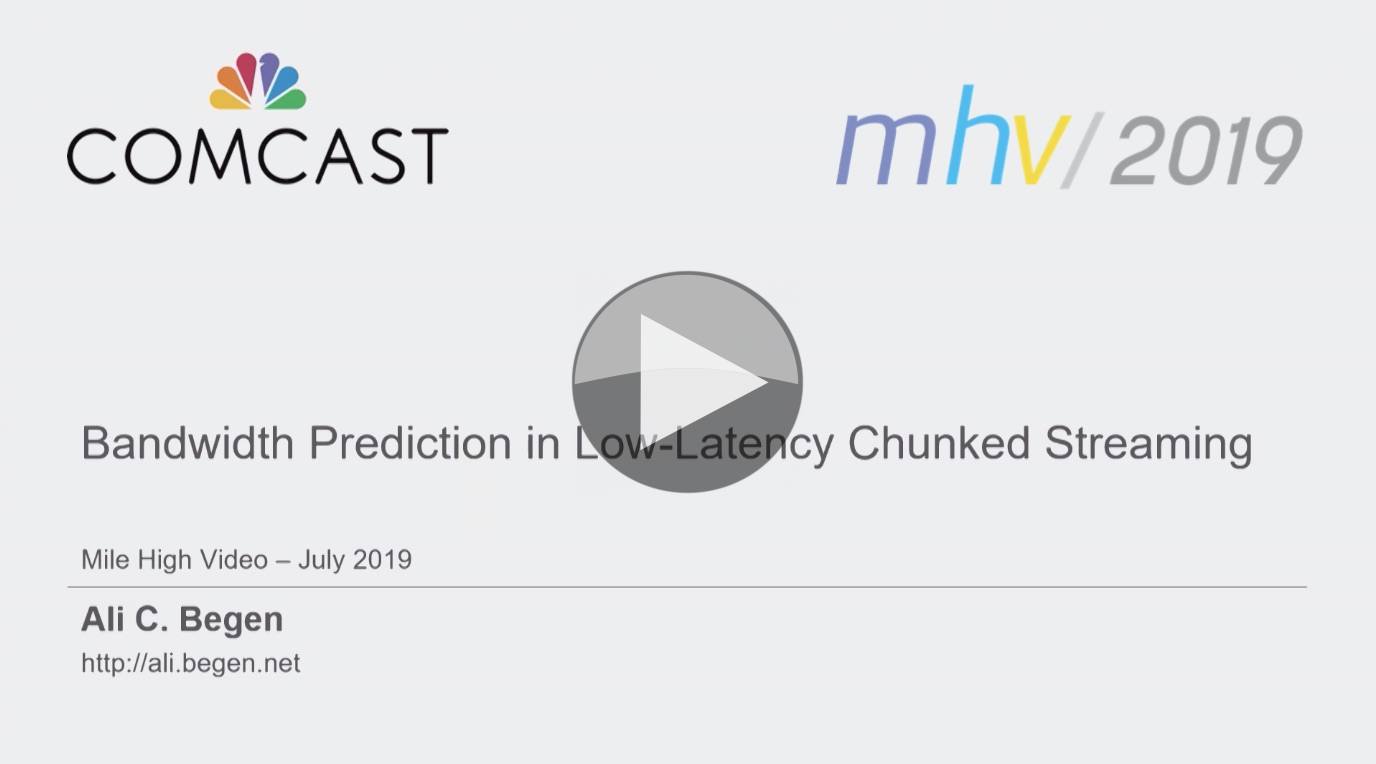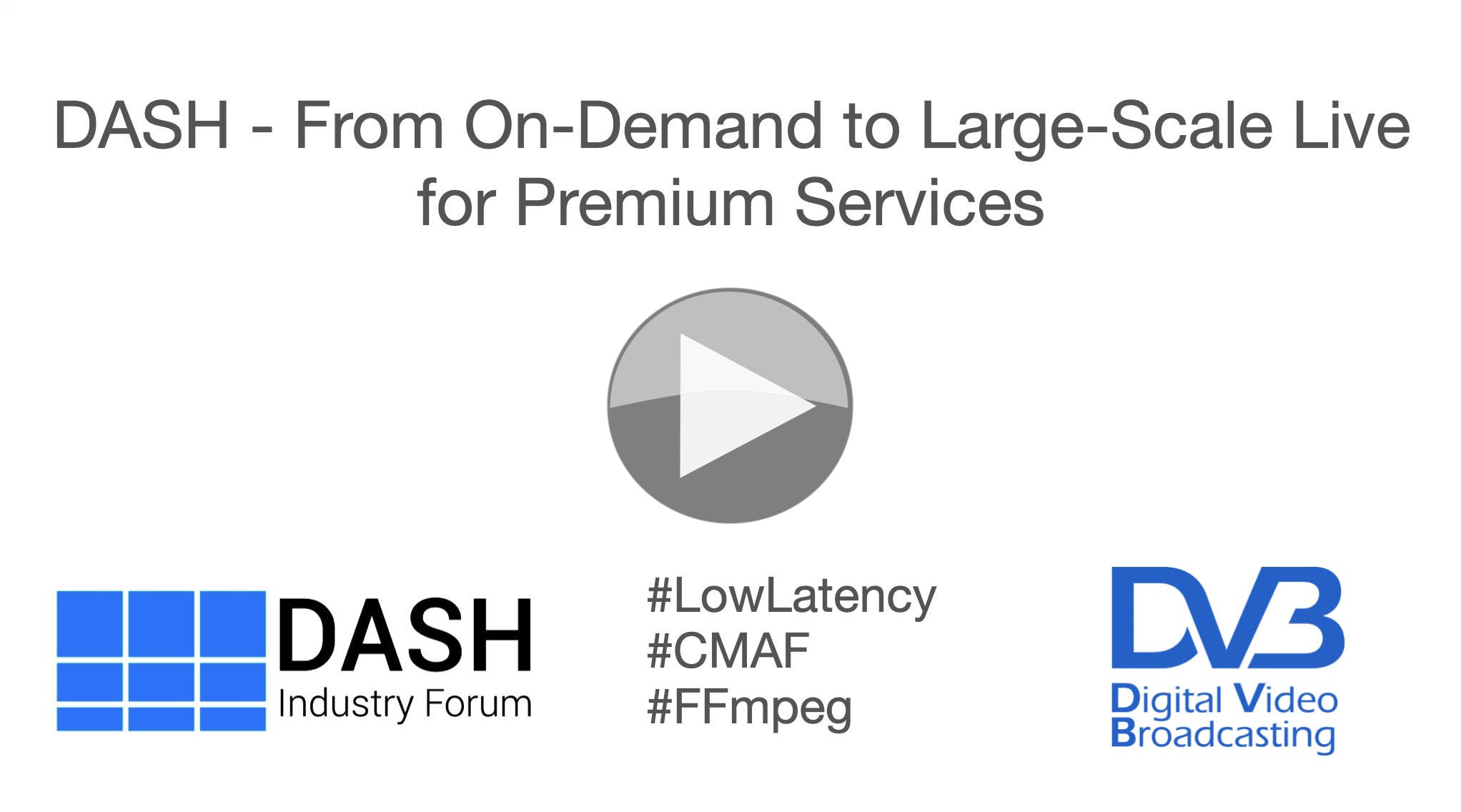
A bumper video here with 7 short talks from VideoLAN, Will Law and Hulu among others, all exploring the state of MPEG DASH today, the latest developments and the hot topics such as low latency, ad insertion, bandwidth prediction and one red-letter feature of DASH – multi-DRM.
The first 10 minutes sets the scene introducing the DASH Industry Forum (DASH IF) and explaining who takes part and what it does. Thomas Stockhammer, who is chair of the Interoperability Working Group explains that DASH IF is made of companies, headline members including Google, Ericsson, Comcast and Thomas’ employer Qualcomm who are working to promote the adoption of MPEG-DASH by working to improve the specification, advise on how to put it into practice in real life, promote interoperability, and being a liaison point for other standards bodies. The remaining talks in this video exemplify the work which is being done by the group to push the technology forward.
Meeting Live Broadcast Requirements – the latest on DASH low latency!
Akamai’s Will Law takes to the mic next to look at the continuing push to make low-latency streaming available as a mainstream option for services to use. Will Law has spoken about about low latency at Demuxed 2019 when he discussed the three main file-based to deliver low latency DASH, LHLS and LL-HLS as well as his famous ‘Chunky Monkey’ talk where he explains how CMAF, an implementation of MPEG-DASH, works in light-hearted detail.
In today’s talk, Will sets out what ‘low latency’ is and revises how CMAF allows latencies of below 10 seconds to be achieved. A lot of people focus on the duration of the chunks in reducing latency and while it’s true that it’s hard to get low latency with 10-second chunk sizes, Will puts much more emphasis on the player buffer rather than the chunk size themselves in producing a low-latency stream. This is because even when you have very small chunk sizes, choosing when to start playing (immediately or waiting for the next chunk) can be an important part of keeping the latency down between live and your playback position. A common technique to manage that latency is to slightly increase and decrease playback speed in order to manage the gap without, hopefully, without the viewer noticing.
Chunk-based streaming protocols like HLS make Adaptive Bitrate (ABR) relatively easy whereby the player monitors the download of each chunk. If the, say, 5-second chunk arrives within 0.25 seconds, it knows it could safely choose a higher-bitrate chunk next time. If, however, the chunk arrives in 4.8 seconds, it can choose to the next chunk to be lower-bitrate so as to receive the chunk with more headroom. With CMAF this is not easy to do since the segments all arrive in near real-time since the transferred files represent very small sections and are sent as soon as they are created. This problem is addressed in a later talk in this talk.
To finish off, Will talks about ‘Resync Elements’ which are a way of signalling mid-chunk IDRs. These help players find all the points which they can join a stream or switch bitrate which is important when some are not at the start of chunks. For live streams, these are noted in the manifest file which Will walks through on screen.
Ad Insertion in Live Content:Pre-, Mid- and Post-rolling
Whilst not always a hit with viewers, ads are important to many services in terms of generating the revenue needed to continue delivering content to viewers. In order to provide targeted ads, to ensure they are available and to ensure that there is a record of which ads were played when, the ad-serving infrastructure is complex. Hulu’s Zachary Cava walks us through the parts of the infrastructure that are defined within DASH such as exchanging information on ‘Ad Decision Parameters’ and ad metadata.
In chunked streams, ads are inserted at chunk boundaries. This presents challenges in terms of making sure that certain parameters are maintained during this swap which is given the general name of ‘Content Splice Conditioning.’ This conditioning can align the first segment aligned with the period start time, for example. Zachary lays out the three options provided for this splice conditioning before finishing his talk covering prepared content recommendations, ad metadata and tracking.
Bandwidth Prediction for Multi-bitrate Streaming at Low Latency
Next up is Comcast’s Ali C. Begen who follows on from Will Law’s talk to cover bandwidth prediction when operating at low-latency. As an example of the problem, let’s look at HTTP/1.1 which allows us to download a file before it’s finished being written. This allows us to receive a 10-second chunk as it’s being written which means we’ll receive it at the same rate the live video is being encoded. As a consequence, the time each chunk takes to arrive will be the same as the real-time chunk duration (in this example, 10 seconds.) When you are dealing with already-written chunks, your download time will be dependent on your bandwidth and therefore the time can be an indicator of whether your player should increase or decrease the bitrate of the stream it’s pulling. Getting back this indicator for low-latency streams is what Ali presents in this talk.
Based on this paper Ali co-authored with Christian Timmerer, he explains a way of looking at the idle time between consecutive chunks and using a sliding window to generate a bandwidth prediction.
Implementing DASH low latency in FFmpeg
Open-source developer Jean-Baptiste Kempf who is well known for his work on VLC discusses his work writing an MPEG-DASH implementation for FFmpeg called the DASH-LL. He explains how it works and who to use it with examples. You can copy and paste the examples from the pdf of his talk.
Managing multi-DRM with DASH
The final talk, ahead of Q&A is from NAGRA discussing the use of DRM within MPEG-DASH. MPEG-DASH uses Common Encryption (CENC) which allows the DASH protocol to use more than one DRM scheme and is typically seen to allow the use of ‘FairPlay’, ‘Widevine’ and ‘PlayReady’ encryption schemes on a single stream dependent on the OS of the receiver. There is complexity in having a single server which can talk to and negotiate signing licences with multiple DRM services which is the difficulty that Lauren Piron discusses in this final talk before the Q&A led by Ericsson’s VP of international standards, Per Fröjdh.
Watch now!
Speakers
 |
Thomas Stockhammer
Director of Technical Standards,
Qualcomm
|
 |
Will Law
Chief Architect,
Akamai
|
 |
Zachary Cava
Software Architect,
Hulu
|
 |
Ali C. Begen
Technical Consultant, Video Architecture, Strategy and Technology group,
Comcast
|

|
Jean-Baptiste Kempf
President & Lead VLC Developer
VideoLAN
|
 |
Laurent Piron
Principal Solution Architect
NAGRA
|
 |
Moderator: Per Fröjdh
VP International Standards,
Ericsson
|


